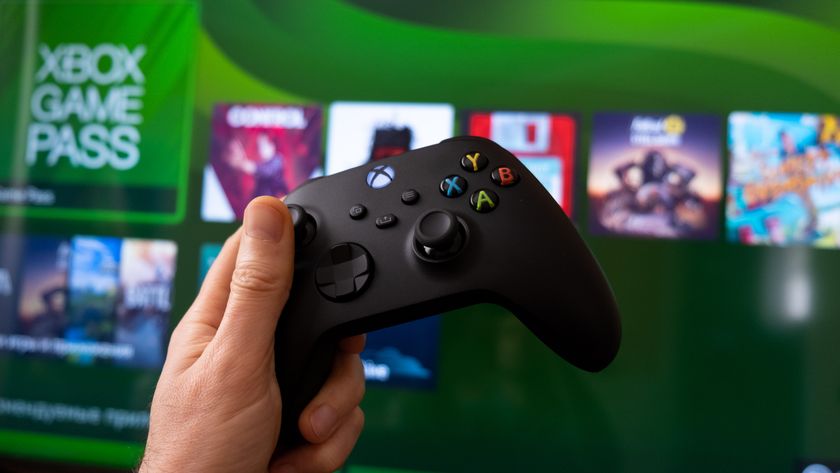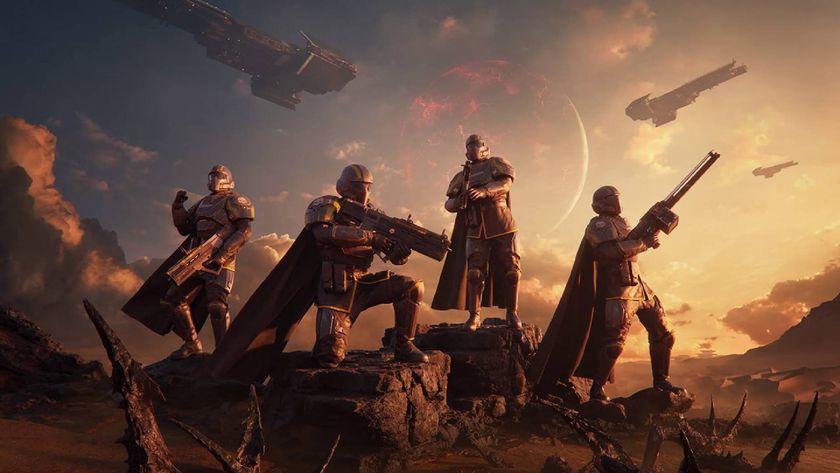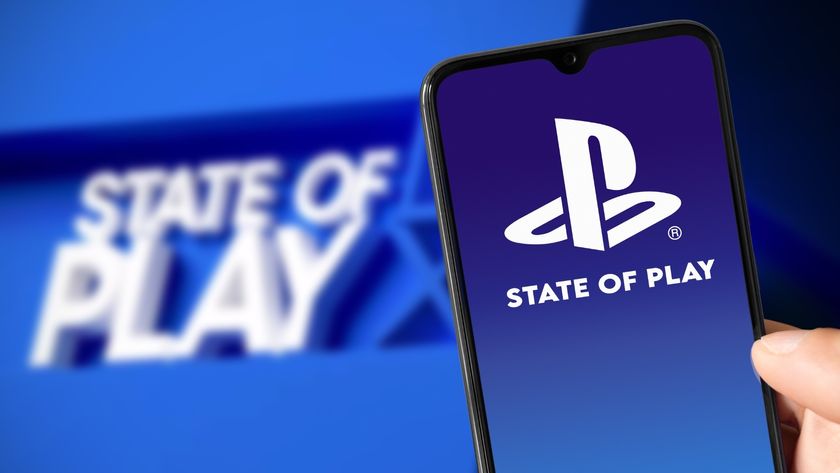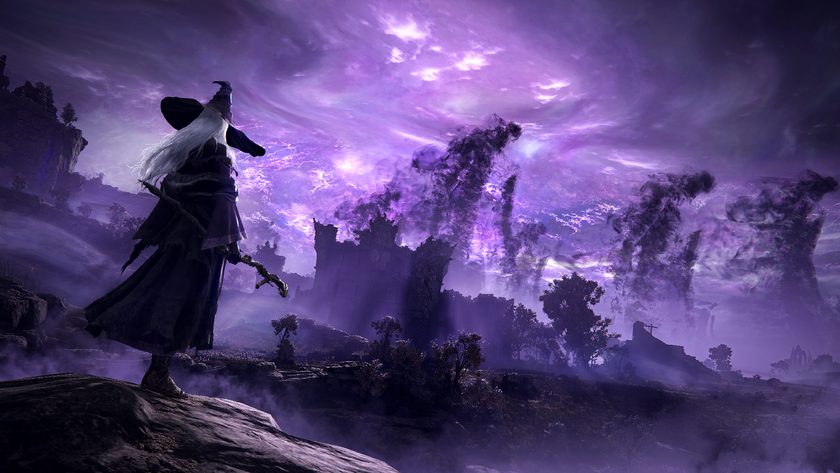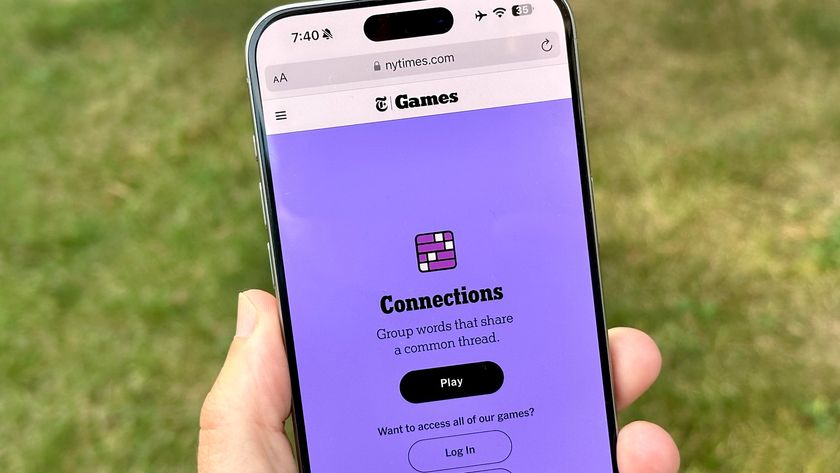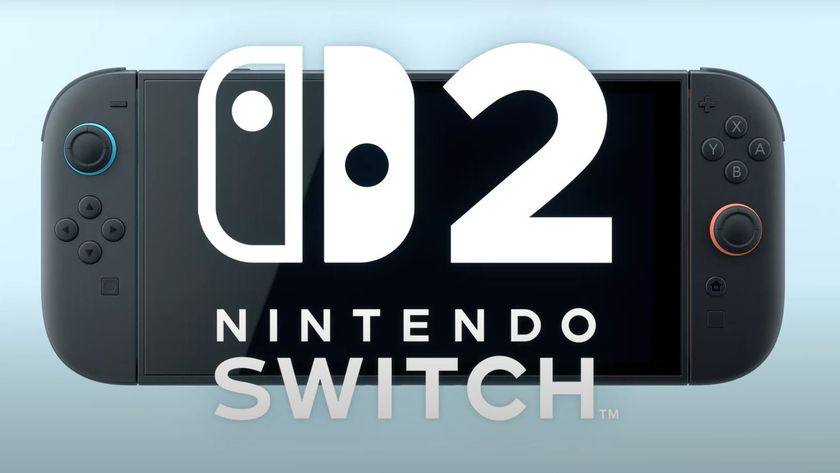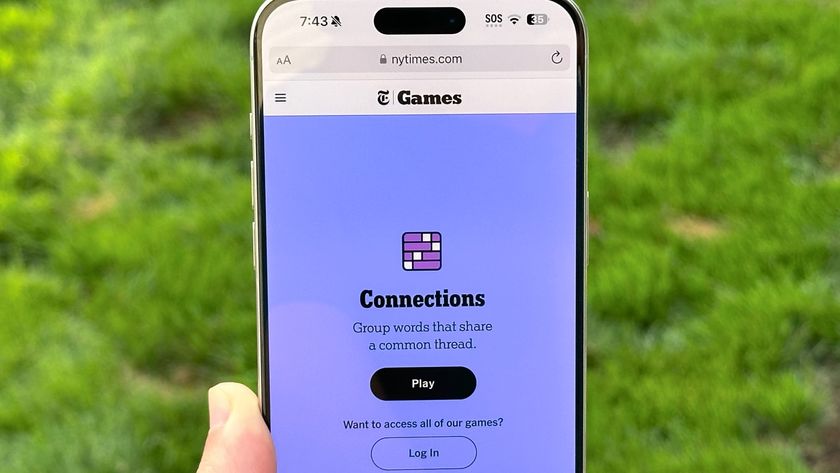Sony and Bungie have 10 live service games planned — and that’s too many
Sony and Bungie may want to overcrowd an already crowded live service market
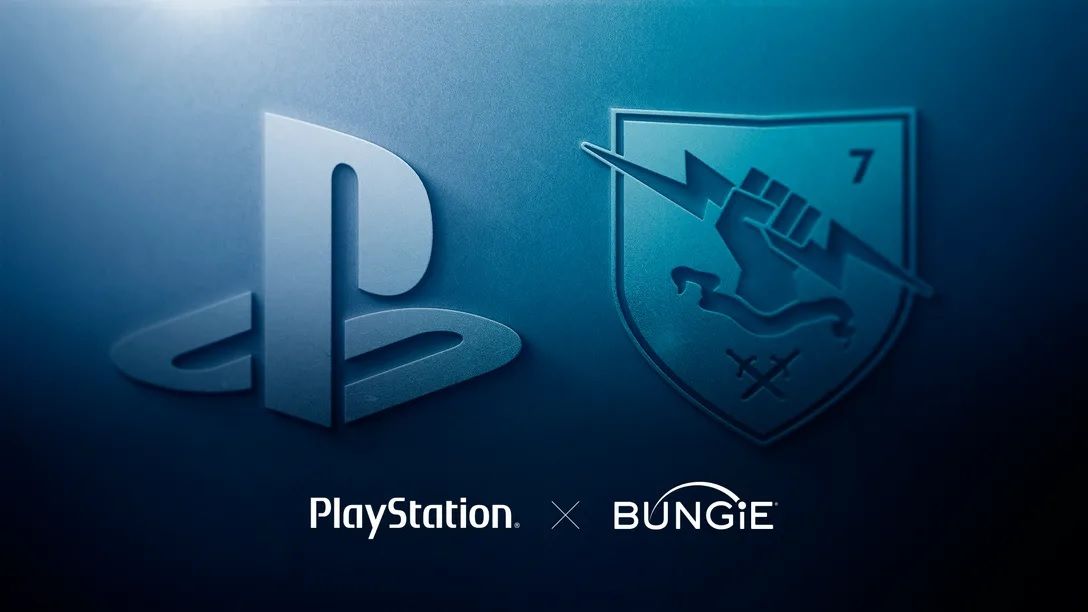
By now, you’ve probably heard that Sony purchased Bungie for a cool $3.6 billion. The game developer behind the Destiny series and the original Halo games will now work alongside PlayStation Studios, further refining Destiny 2 and helping develop new IPs, while still maintaining its creative independence.
What you may not have heard, however, is that the Bungie purchase isn’t primarily about Destiny, or the company’s upcoming unannounced IP. Instead, it’s primarily about live-service games — and we can expect to see a whole lot of them from Sony in the not-too-distant future.
Why Sony wanted Bungie

If you haven’t read the GamesIndustry.biz interview with Sony Interactive Entertainment CEO Jim Ryan, it’s worth your time. Ryan made it clear that Sony wanted Bungie’s expertise, first and foremost, as a purveyor of live-service games. Destiny 2, while not exactly an afterthought, almost seems like more of a proof-of-concept for Ryan.
“Pete [Parsons, Bungie CEO] and I have spent a lot of time talking, and we were struck by how similarly we see the world. And just how complementary our two organizations are,” Ryan said. “They make massive, immersive games that have no end.
“I’ve been on record talking about increasing the size of the PlayStation community, and expanding beyond our historic console heartland … We have an aggressive road map with live services. And the opportunity to work with, and particularly learn from, the brilliant and talented people from Bungie … that is going to considerably accelerate the journey we find ourselves on.”
It’s not necessary to rehash the entire interview here, but Ryan made similar comments throughout. It’s clear that Ryan has respect for the Destiny IP, but he’s much more interested in leveraging Bungie’s ability to build and maintain both ongoing games and passionate communities.
We learned from a Sony investor call today (Feb. 2), as reported by The Verge, that Ryan speaks for the whole company when he says this.
Sign up to get the BEST of Tom's Guide direct to your inbox.
Get instant access to breaking news, the hottest reviews, great deals and helpful tips.
“The strategic significance of this acquisition lies not only in obtaining the highly successfully Destiny franchise … but also incorporating into the Sony group the expertise and technologies Bungie has developed in the live game services space,” said Hiroki Totoki, Sony’s chief financial officer. “Through close collaboration between Bungie and PlayStation Studios we aim to launch more than 10 live service games by the fiscal year ending March 2026.”
Naturally, this doesn’t mean that Sony expects Bungie to develop 10 new live-service games by itself. And, like many gaming projects, we expect some of these games to disappear or get delayed along the way. But still: 10 live-service games within the next four years is an awful lot. Arguably, it’s more than Sony’s intended audience can handle.
The limits of live service

First off: Tom’s Guide has no special insight into Sony’s plans, or how the video gaming landscape might change over the next four years. Perhaps Ryan and Totoki know something the rest of us don’t — and, frankly, given how influential their positions are, maybe they should. But as things stand right now, 10 new live-service games from a single publisher is ambitious, at best, and potentially disastrous, at worst.
Before we go further, it’s worth trying to nail down exactly what constitutes a live-service game, since the definition can be a little slippery. In its broadest sense, a live-service game simply means a game that the developers plan to support with new content for an unspecified amount of time. Something like Assassin’s Creed Valhalla, with its never-ending stream of rotating events, probably counts as a live-service game; Assassin’s Creed Syndicate, with its robust but finite set of DLC adventures, probably doesn’t count as a live-service game.
However, it’s probably fair to say Sony has its eye on multiplayer live-service games, since those are Bungie’s area of expertise. Massively multiplayer online RPGs, such as Final Fantasy XIV, are live-service games, as are competitive online shooters, such as Halo Infinite. Bungie’s own Destiny 2 occupies a strange space in the middle. This cooperative and competitive first-person shooter is ostensibly story-driven, but most new narrative events are available for only a limited amount of time.
It's understandable why Sony would want to take a big swing on live-service games. Based on Steam analytics, all of this week’s top 10 games have live-service components, from the new characters and maps in Apex Legends, to the endless loot box microtransactions in FIFA 22. Battle royale game PUBG: Battlegrounds is one of the most popular games ever released on Steam, while MMORPG New World is not far behind. There are a lot of players in the live service space — and, consequently, a lot of money.
Ironically, because live-service games are so popular, it’s actually quite difficult to launch a new one. Unlike traditional narrative games, there’s no fixed endpoint — and unlike traditional multiplayer games, you may not be able to simply exhaust the content, then wait for the sequel. As such, each live-service game demands a great deal of a player’s time and attention, often requiring daily logins to maximize their rewards or stay competitive.
Suppose every potential player has enough bandwidth for one live-service game, and a few hardcore players have enough bandwidth for two. (I do not personally know anyone who stays abreast of more than two at a time. They may exist, but probably not in sufficient numbers to maintain a whole ecosystem.) Live-service game audiences have to come from somewhere. Either there’s a huge untapped audience who just haven’t found the right game yet, or Sony expects that existing live-service players will abandon other games in droves to play their new titles. Neither scenario sounds ironclad.
Live-service games can still die
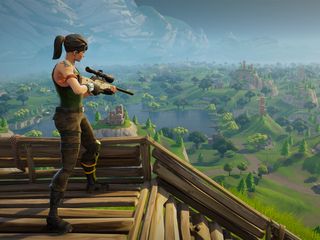
Let’s talk about the enormous pink llama in the room. While Fortnite is not the only live-service game in existence, it is arguably the most popular. Between 2018 and 2020, Fortnite’s active player population grew from 78.3 million to 80.4 million. One has to imagine that the pandemic has driven those numbers even higher since then.
And yet, one game’s success doesn’t dictate a whole game design philosophy’s fortunes. Fortnite itself arguably siphoned a lot of players away from PUBG, and the colorful multiplayer shooter is now just as much of an all-purpose social platform as it is a game. I have no trouble believing that with a killer game design and a little luck on their side, Sony and Bungie could pull off a Fortnite-style success. I simply don’t think the company could then proceed to do it nine more times.
Game publishers love to focus on the Fortnites of the industry — the Rocket Leagues, the FIFAs, the Grand Theft Auto Onlines, the Final Fantasy XIVs, the League of Legends and so forth. But for every Call of Duty: Warzone, we’ve had a Crucible, or a Lawbreakers, or a Hyper Scape, or an Anthem, or an Age of Empires Online, or, or, or. Live-service games need a constant stream of resources and players, or else they die off. The fact that so many coexist today is impressive, but I don’t think that every popular live-service game in 2022 will still be around in 2026. I also don’t think that every live-service game that launches between now and 2026 will survive.
Granted, Sony is a storied company with top talent working for this, and the leadership at SIE and Bungie have almost certainly considered every potential pitfall discussed here. But the fact remains that it’s tough enough to launch and manage a single live-service game. Pulling off 10 successful projects in four years would be even more unprecedented than Sony buying Bungie out of the blue.
Marshall Honorof is a senior editor for Tom's Guide, overseeing the site's coverage of gaming hardware and software. He comes from a science writing background, having studied paleomammalogy, biological anthropology, and the history of science and technology. After hours, you can find him practicing taekwondo or doing deep dives on classic sci-fi.
